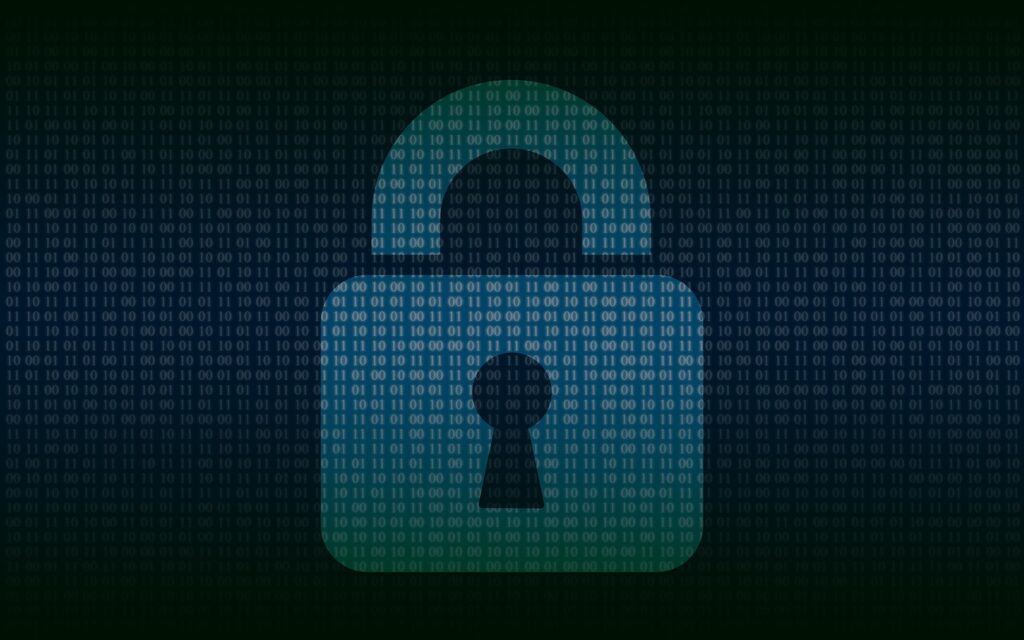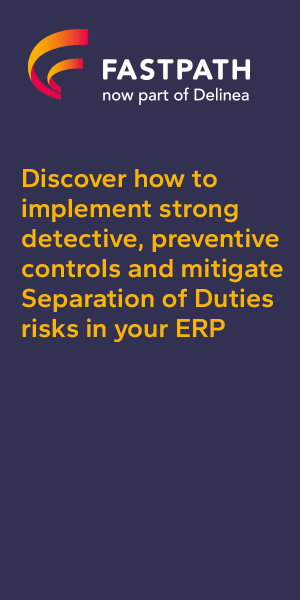In today’s hyperconnected enterprise landscape, application security is no longer just about authentication gates and role-based access controls. With business systems extending across hybrid environments, cloud-native platforms, and third-party integrations, the traditional perimeter has vanished—and with it, the old rules of access security.
For business technology decision makers, this shift demands a new paradigm: one built around continuous access controls and real-time risk monitoring. Static policies, periodic audits, and manual reviews are no longer sufficient to protect critical data and systems from evolving threats. Continuous controls are now a business imperative.
The Rising Risks of Static Access Models
Organizations often rely on identity and access management (IAM) systems to assign roles and permissions, but these configurations are typically reviewed only during scheduled audits or after major events like employee exits or departmental changes. In between, access can become outdated, overprivileged, or exploited—especially in large SAP, Oracle, or Microsoft environments where user entitlements accumulate over time.
The cost of these blind spots is significant. According to IBM’s 2024 Cost of a Data Breach Report, the average breach now exceeds $4.45 million. Insider threats—whether intentional or accidental—are among the top contributors. When a user retains unnecessary privileges, or when risky access paths go undetected, businesses expose themselves to compliance violations and operational disruptions.
Continuous Controls: A Proactive Security Posture
This is where continuous access monitoring and real-time controls come into play. Unlike traditional approaches that look at “who should have access,” continuous controls assess “who has access now, and is it appropriate given the context?” This dynamic approach allows organizations to adapt to changing risk conditions—such as suspicious behavior, privilege escalations, or policy drift—and act before damage is done.
Delinea, a leader in privileged access management (PAM), provides foundational tools to enable this continuous security posture. Its solutions are designed to enforce least-privilege principles, automate access approvals, and apply just-in-time (JIT) access provisioning. This ensures that elevated access is only granted when needed—and revoked immediately after.
Building on this foundation, Fastpath, acquired by Delinea, enhances continuous control capabilities with deep integrations into ERP and SaaS systems. Fastpath’s real-time monitoring tools track user activity, flag policy violations, and provide actionable insights into segregation of duties (SoD) conflicts. This is critical for organizations operating under regulatory frameworks like SOX, GDPR, and HIPAA.
Aligning Access Governance with Business Risk
Modern enterprises need more than visibility, they need real-time, risk-based decisioning. Fastpath’s automated risk analysis engine evaluates access across applications and compares it against configurable control matrices, alerting IT and audit teams instantly to violations. This reduces the time to detect and respond to threats, while streamlining compliance workflows.
The result is not just better security, but better business alignment. With continuous controls, IT teams can enforce governance policies without slowing down business operations. CFOs and CISOs gain the confidence that financial systems are protected and audit-ready. And end-users benefit from secure, seamless access to the tools they need—without overexposure.
What This Means for ERP Insiders
Static access controls are no longer enough—security must be dynamic and continuous. As enterprise applications become more distributed and integrated, traditional role-based access reviews and periodic audits fall short. Continuous access controls and real-time monitoring offer a dynamic defense against insider threats, privilege misuse, and evolving attack vectors. Leaders should prioritize replacing or augmenting legacy identity and access management (IAM) tools with solutions like Delinea and Fastpath that enable just-in-time access, continuous risk evaluation, and automated enforcement of least privilege.
Continuous controls reduce both risk exposure and compliance burden. Real-time visibility into user entitlements and policy violations is critical for managing regulatory requirements and avoiding costly breaches. Fastpath’s automated SoD analysis and audit reporting, combined with Delinea’s privileged access management, streamline compliance with SOX, GDPR, HIPAA, and other standards. Decisionmakers should embed continuous control capabilities into their digital transformation and ERP modernization efforts to strengthen governance and reduce audit fatigue.
Integrating security with operational agility improves both resilience and productivity. Security often gets framed as a tradeoff with business speed—but with continuous controls, that’s no longer the case. By implementing intelligent access policies that respond to context and user behavior, organizations can ensure systems stay secure without impeding workflows. Technology leaders should incorporate continuous access and risk monitoring as foundational elements in their application security strategy, enabling secure, scalable operations across cloud, SaaS, and hybrid environments.






